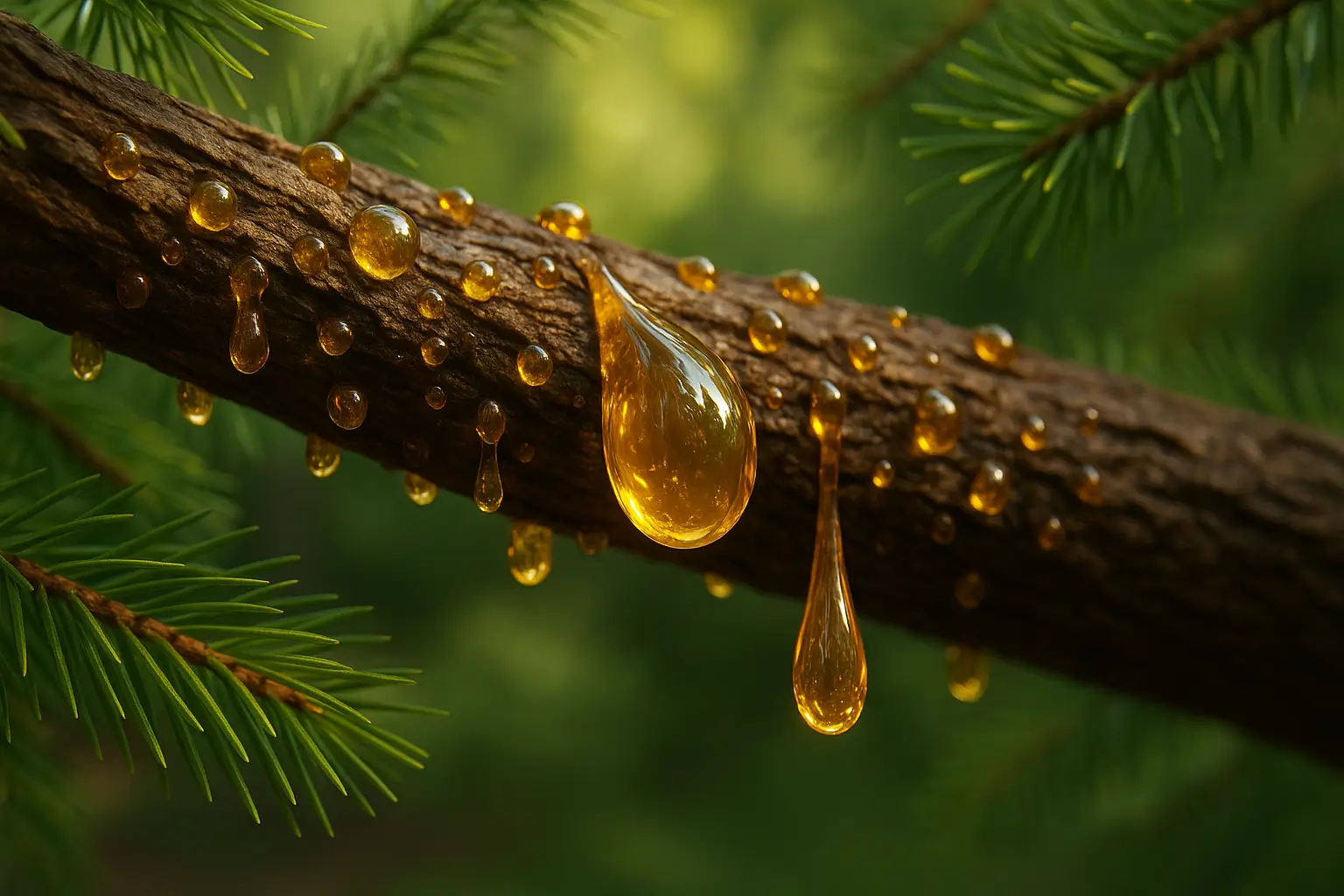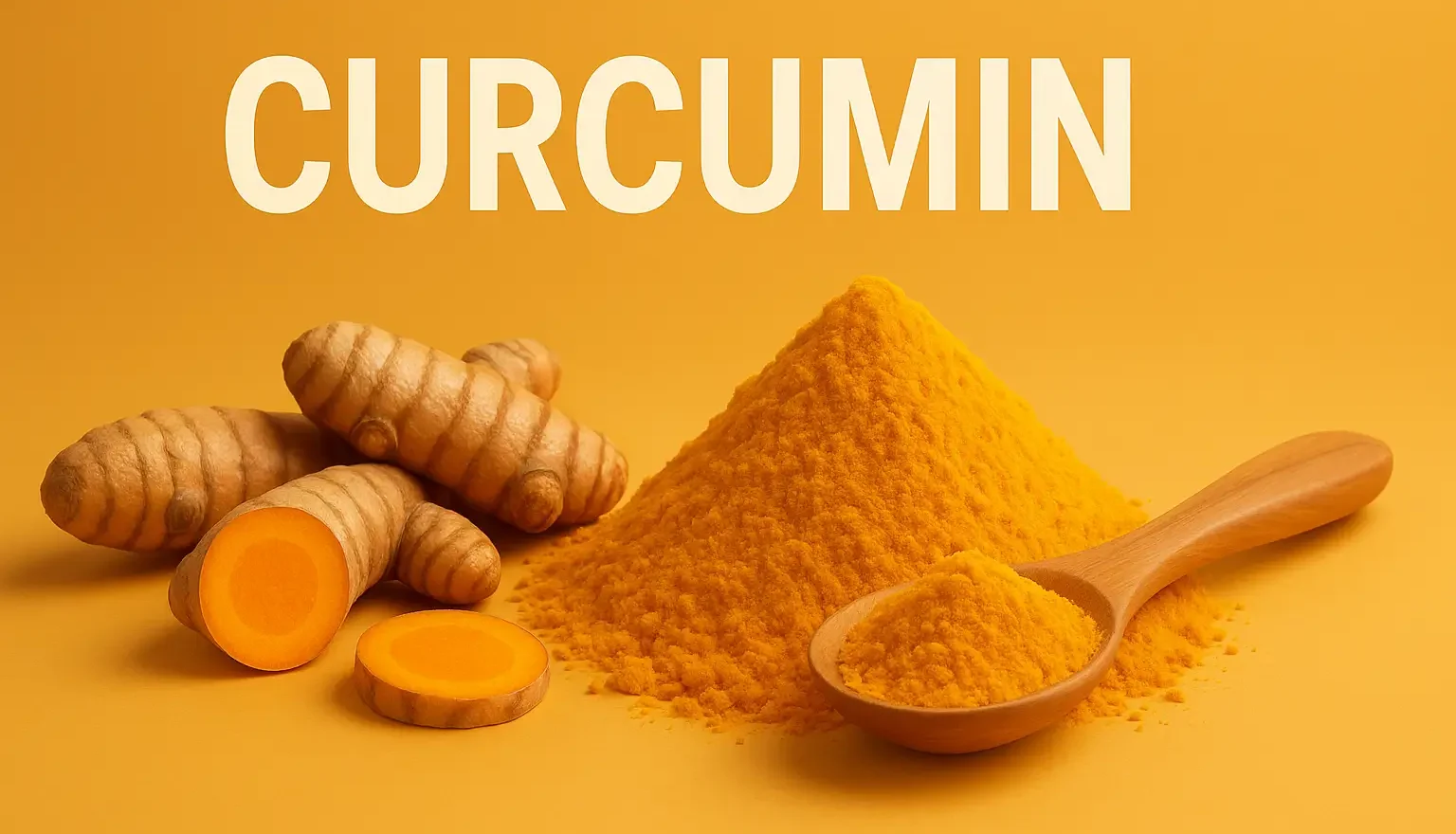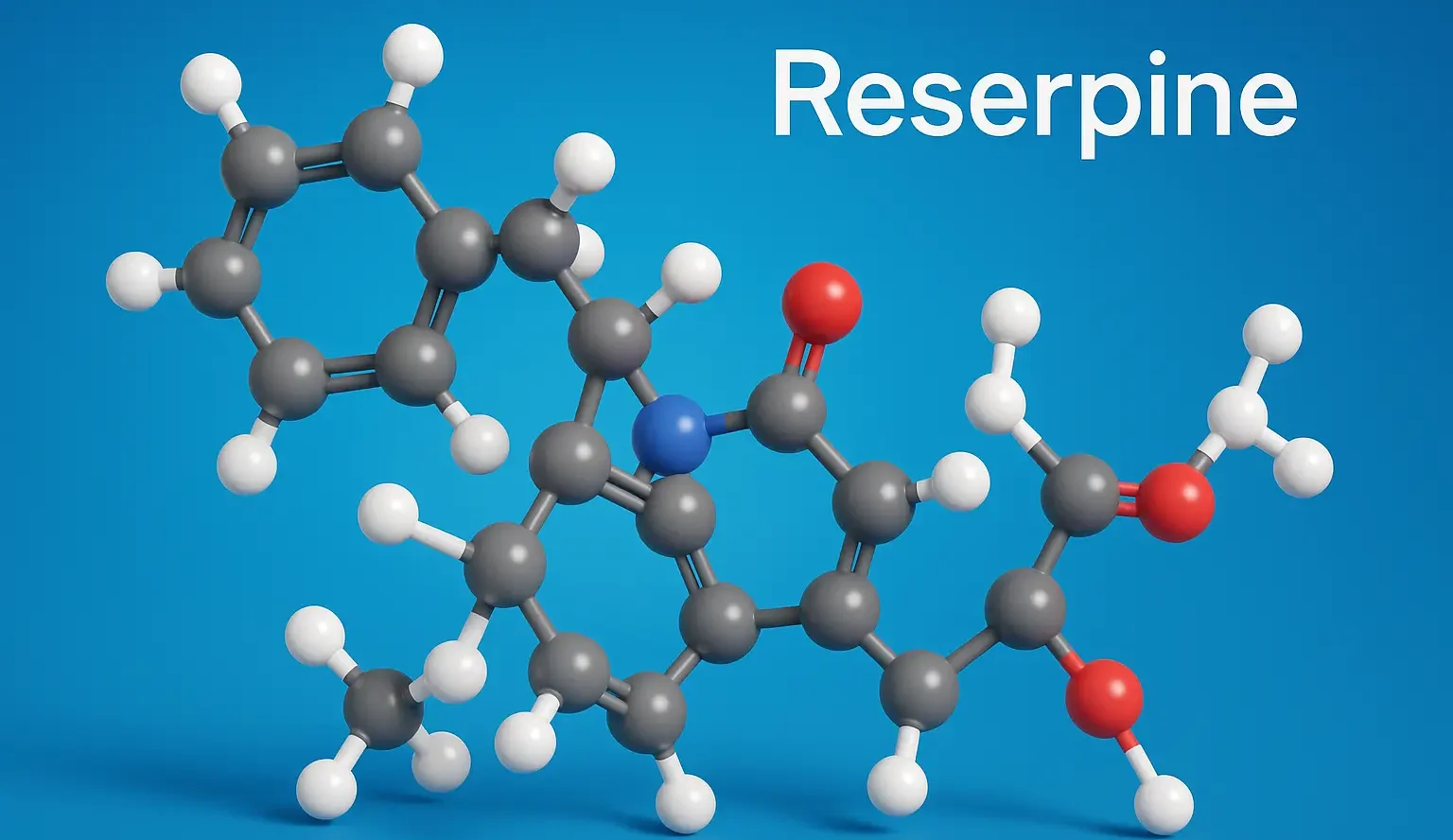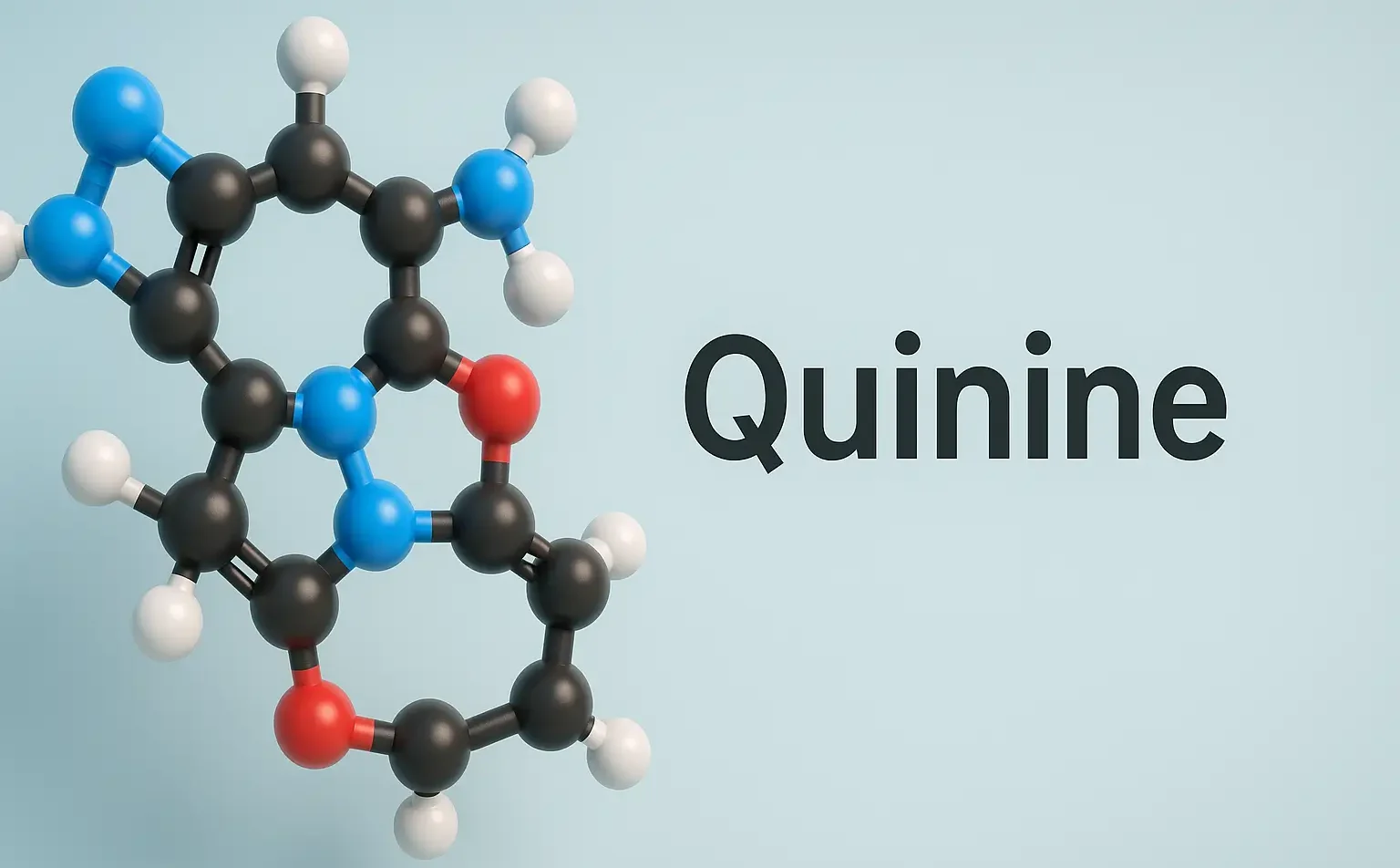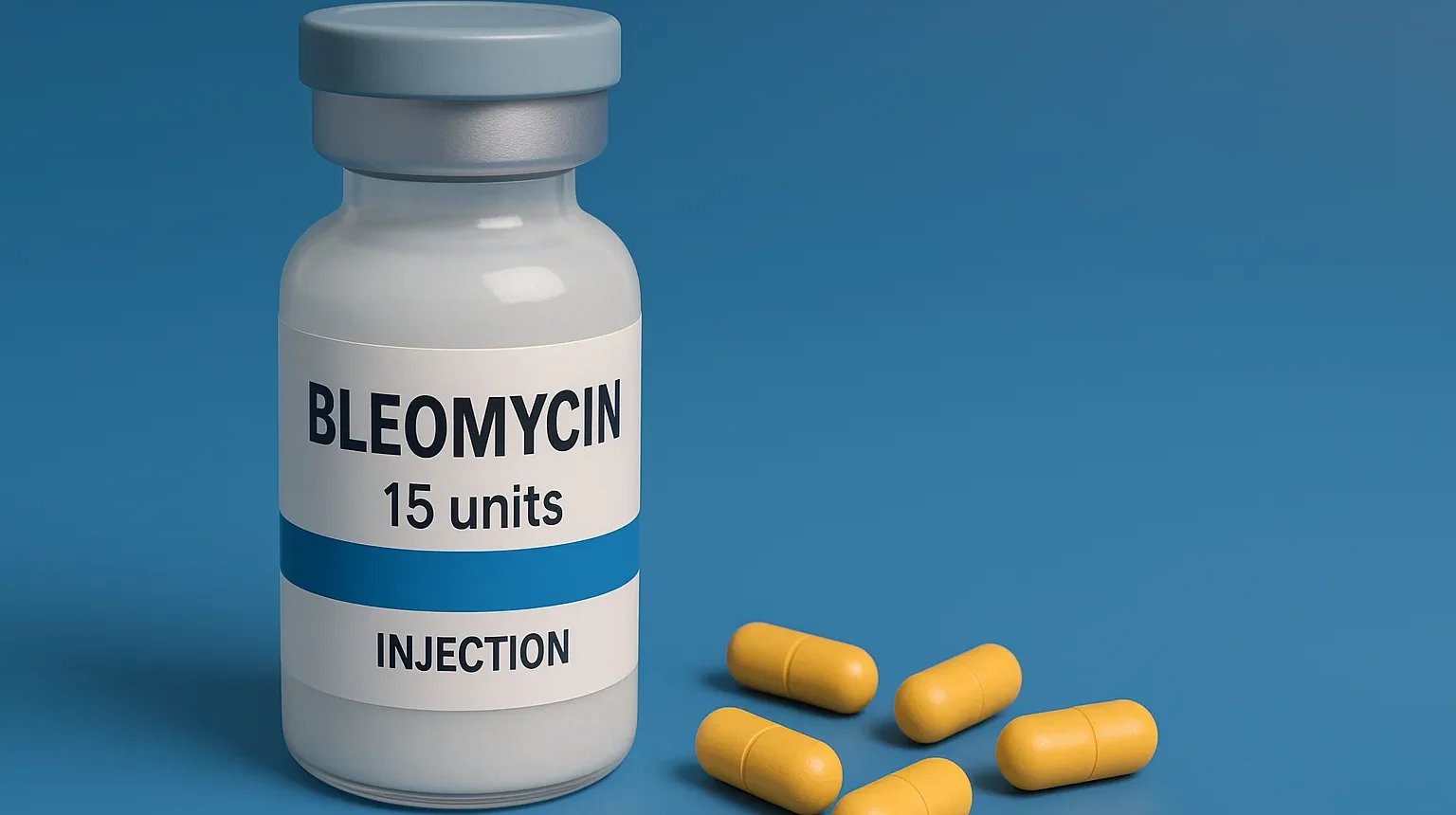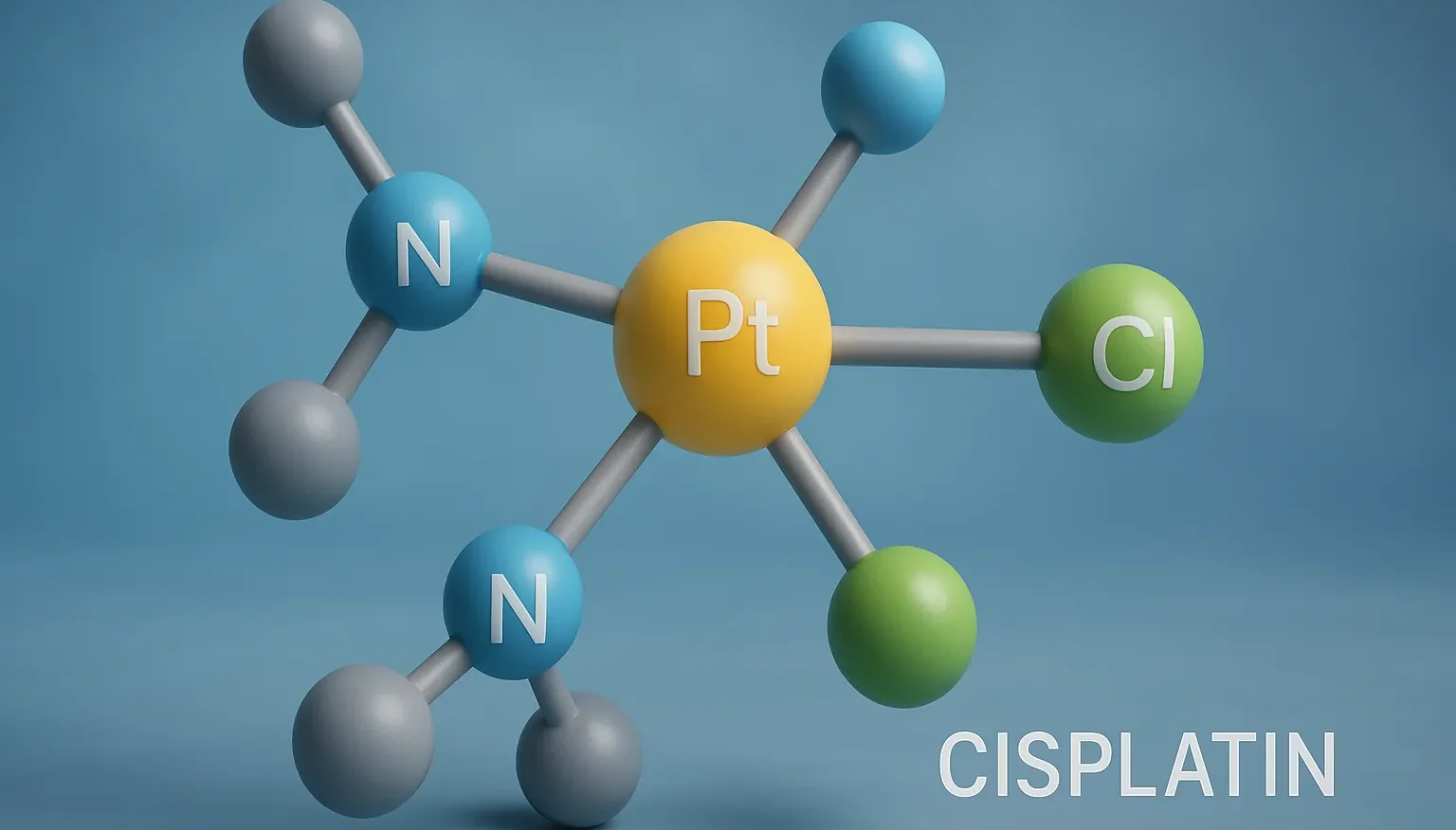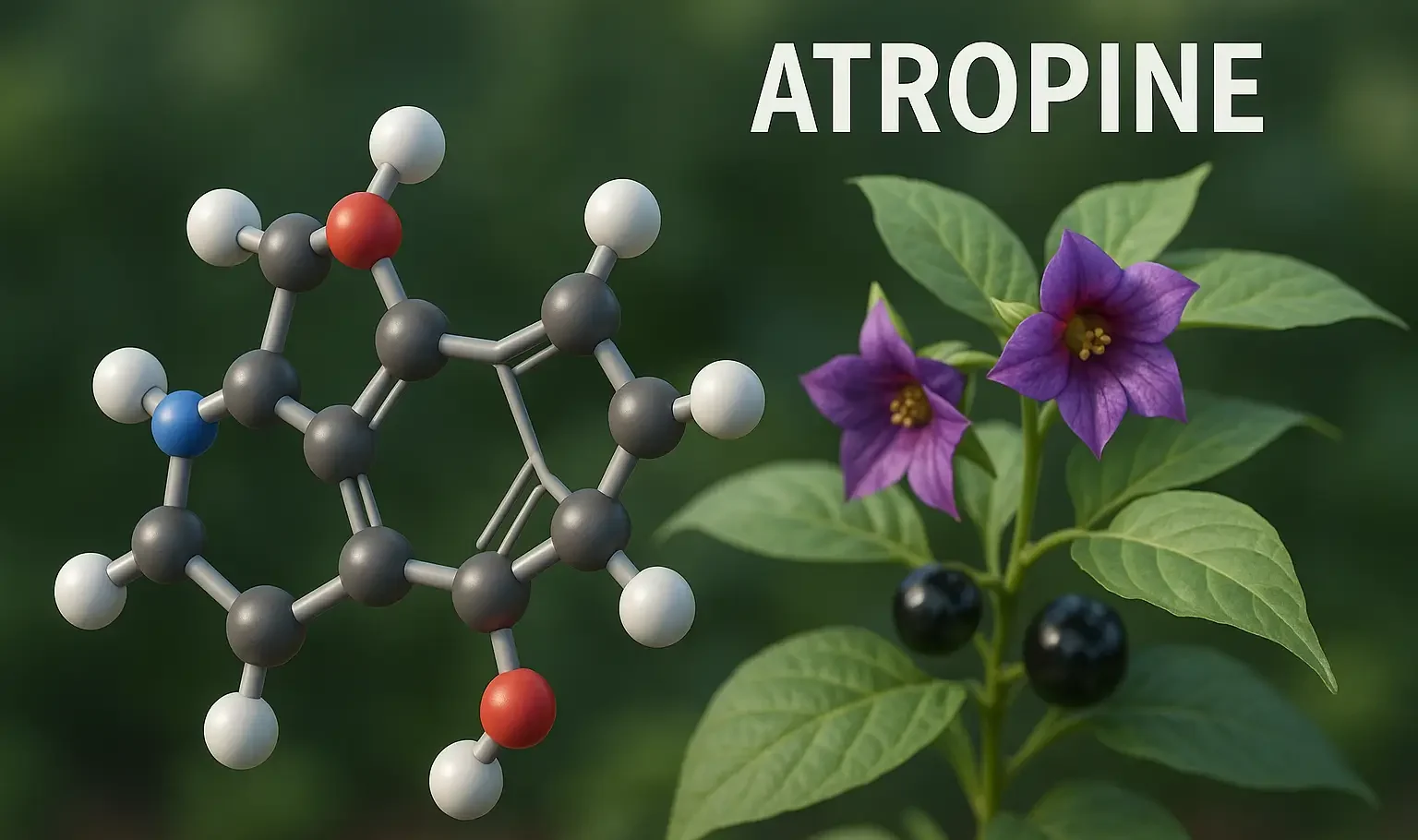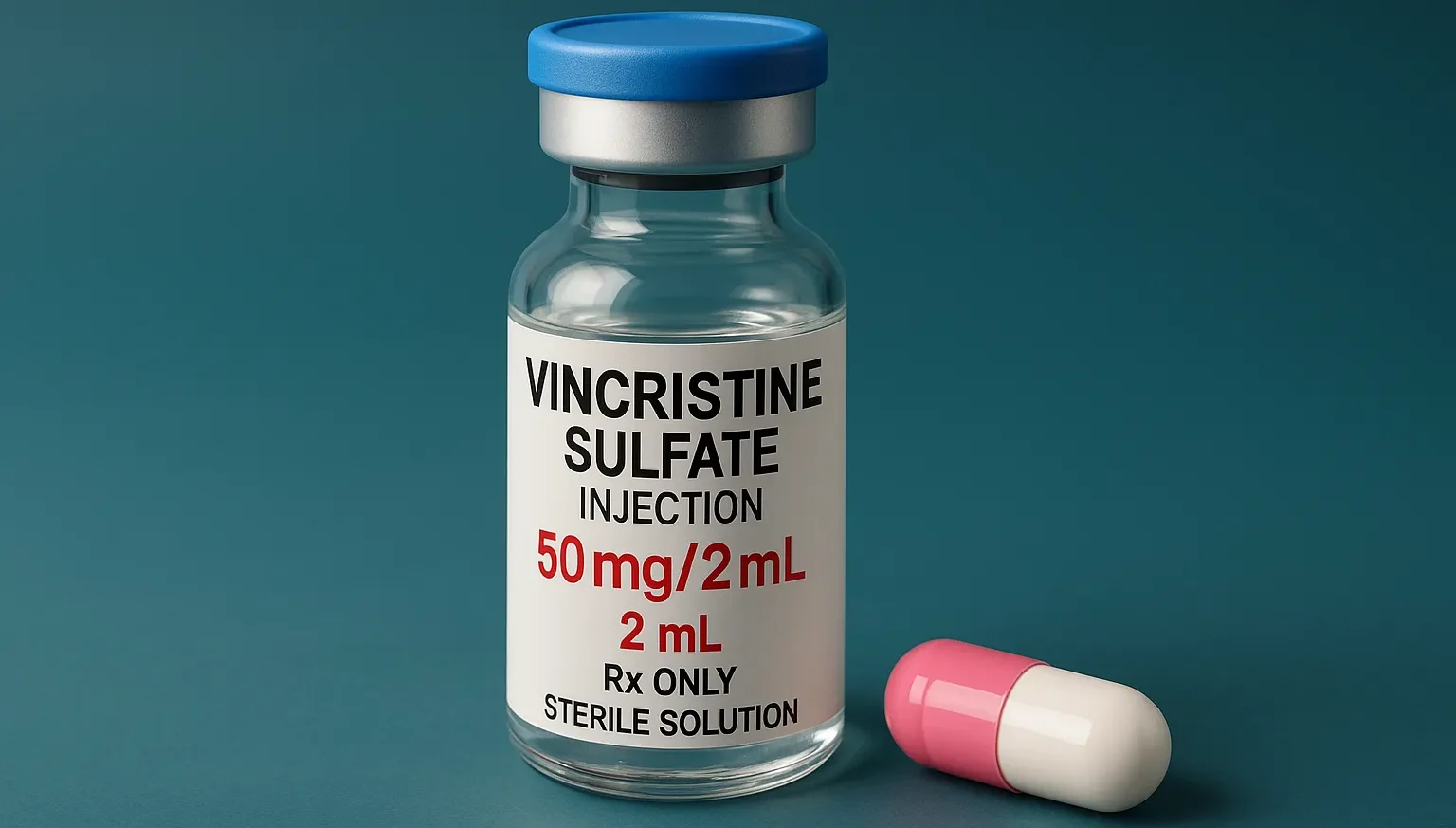Resins
Definition of Resins Resins are viscous, solid or semi-solid mixtures of organic compounds, mainly terpenoids and derivatives, exuded by plants (especially conifers) and some insects for protection and structural purposes. Composition Diterpenes/Triterpenes: Backbone structures. Phenolic Compounds: Provide rigidity and reactivity. Other Compounds: Essential oils, alcohols, acids. Sources of Resins Plant Resin: E.g., pine resin, frankincense. … Read more

